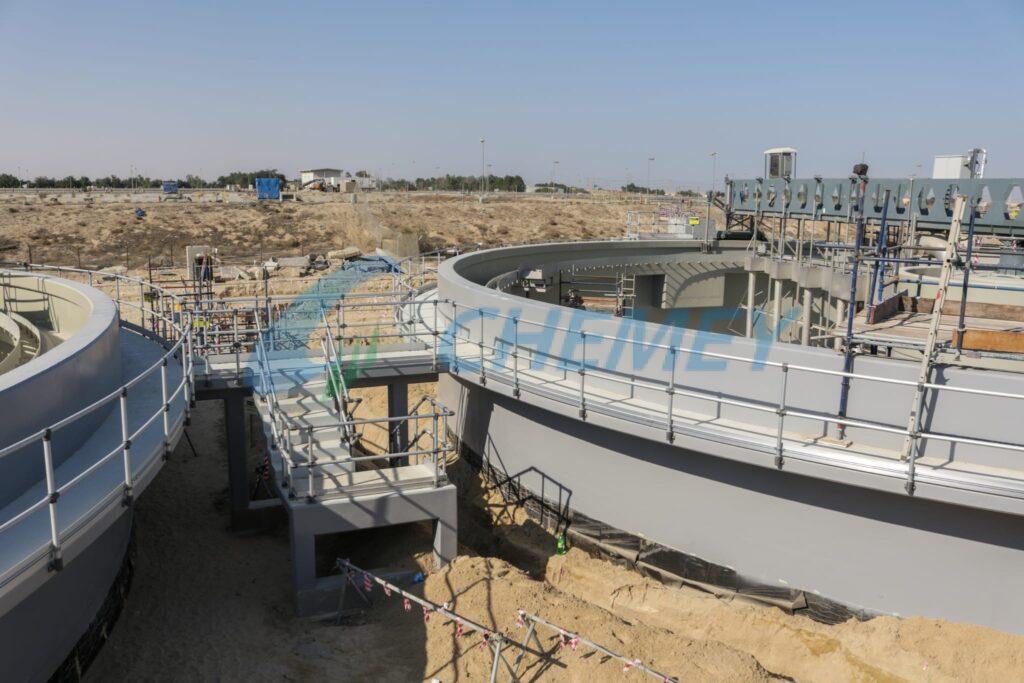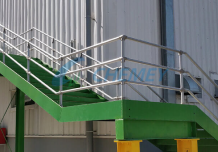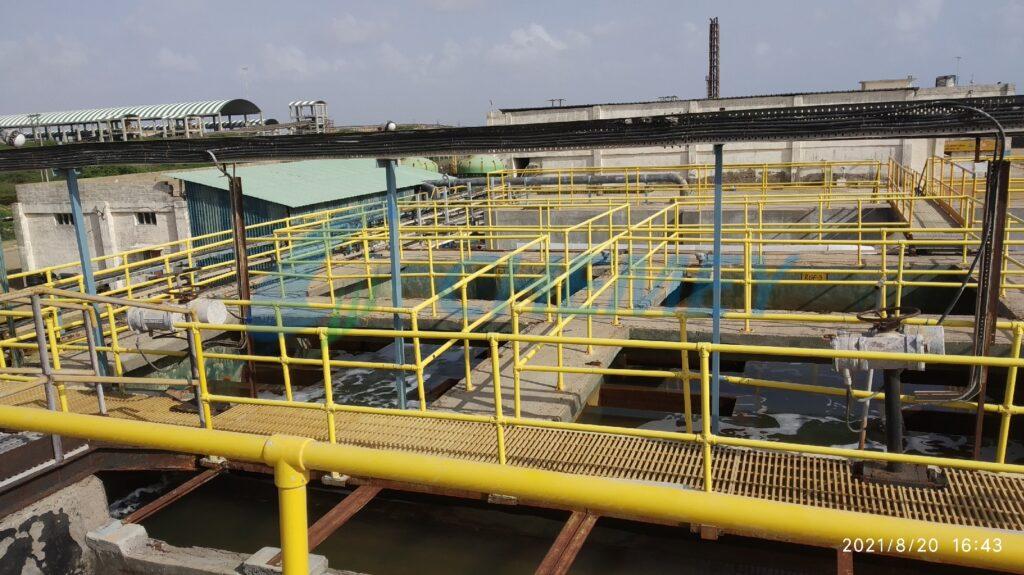What do you do when you need something? You Google it right!
When you need a guardrail, selecting the suitable barrier requires more involvement than initially expected. It can be overwhelming with so many options. You find out that there are so many options available. GI, SS, FRP Aluminum, Welded, Non-penetrating, … The possibilities go on. With all of this in front of you, how do you make the right choice?
You should consider many points and features available while you make this decision.
1. What is the application of the guardrail?
2. Where do you need the guardrail?
3. how long do you need the guardrail to last?
4. What codes apply to your guardrails?
5. How fast do you need the guardrail to install?
6. How do you want the guardrail to look?

We'll review each area you should consider while making this decision.
1. What is the application of the guardrail?
It’s a simple question but an important one. There are a few factors that will change the type of guardrail that you need.
If you need the industrial guardrail for protection, then you need to make sure that the guardrail meets the standards applicable to you, like BIS, OSHA, or EN. The type of protection you need would also change the guardrail you want. We suggest using a 40 NB Structural Fittings based modular pipe guardrail for fall protection. However, the size and code will change if you want a more robust barrier system to protect people from forklift traffic. If you need to use it as a warning line, then the requirements are easier to manage by light duty handrail.
Then it would help if you considered whether the guardrail would be temporary or permanent. For example, if you plan on taking the guardrail down when the work is done, then you want to focus on temporary guardrails like a parapet clamp guardrail or temporary guardrail. On the other hand, if you wish for the guardrail to remain in place so that the working or walking surface is always protected, then you want a system designed to stay in place.
2. Where is the guardrail going?
The most common locations that we see are STP, ETP, WTP, Industrial Buildings perimeter, Solar rooftop, and machine guarding. Other potential sites include a mezzanine, a dock, or inside a warehouse. Each location has its own set of considerations that would change the guardrail you choose.
Weather plays a role in the system that you choose. Saline and water-rich areas, corrosive gas fumes, snow, and heavy rain will corrode the material if you don’t choose carefully. If you live in a windy area, you’ll want to ensure that any system is designed to meet your local requirements. Ensure that you take this into account so that you don’t have a guardrail flying off your structure, damaging equipment, or, more importantly, putting lives at risk.
The roof material will influence how you want to mount a guardrail. If you have a roof warranty, you don’t want to lose it by poking holes in the roof. If you don’t have a roof warranty, then you don’t want to exasperate potential roof leaks by poking holes in the roof. A complete modular aluminum lightweight guardrail constructed from tube clamp fittings is an ideal solution.

3. How long do you need the guardrail to last?
You may think this is a meaningless question, but I see the answer to this is ignored more often than you realize. A cheaper short-term solution will cost less initially, but when you consider money, energy, and time spent on maintenance and replacing that mean stuff, it becomes more costly. Guardrail is not immune to this problem. Some options are temporary and used for permanent solutions because they are cheaper. However, those savings come at a cost. Powder-coated steel will not last as long as galvanized steel, and you will have to replace the railing sooner than you expect. Welding has pros and cons as well. The weld points will be an area of accelerated corrosion despite galvanization. Aluminum and SS 316 do not rust and provide a better life in a humid and corrosive environment.
If you only need it for a year or two, then buying a lower-quality option may make sense. However, if you want something that will protect people long, you need to stop and ask yourself if the option you’re considering will do just that.
4. What codes apply to your guardrail?
We found a lack of understanding, most often in this area. We noticed in India IS 4912 code is ancient and needs updating as per OSHA or EN code. They talk about a lot and set the minimum safety standard that employers must provide. For rooftops, we do not have any set standards. Edge protection and safety in roof work require an area of consideration. Check your local regulations and company standard to select the correct guardrail.
You might have a presumption that welded railing only offers good strength. Still, proven evidence is that EnduRail built from Structural Fittings and slip-on pipe fittings, has surpassed the load requirement of OSHA and EN standards if configured correctly.
5. How fast do you need the guardrail to install?
Installing guardrails is part of project management. Procurement and execution both involve proper detailing. Mild steel welded guardrail needs site welding, grinding, and post-fabrication sandblasting and painting. All are time-consuming and skilled staff requirement jobs. Prefabricated GI railing management is not easy. You have to consider volume management and transit damages. If a small part needs modification or procurement, the handover process will get delayed and, in turn, project.
A modular aluminum guardrail system is easy to procure, manage and install without a skilled workforce. Procure structural fittings and pipes in pre-coated finish and start the installation as the project progresses. On-site modification and dismantling are also easy if required.
6. How do you want the guardrail to look?
Why does the look of the guardrail matter if safety is the only important thing? Of course, ensuring that the guardrail you choose is appropriate to your location and maintains the correct safety parameters is vital. However, compliance is not the only element of a proper solution.
In the Industrial area, during regular operations, guardrails are the first visible barrier when visitors enter the premises. Branding is also essential to a company’s success; for instance, yellow is often connected to construction, and it can give off that feel to visitors to your facility. Industrial modular Aluminum looks to become more popular over the years. Likewise, making a gray and silver finish combination more appealing in water treatment facilities. If you have a professional building with glass windows and a bright yellow guardrail on the roof, you tend to send mixed signals on what’s important to you. Often the color of the guardrail will set the tone of the environment.
Color isn’t the only aesthetic. Do you like the welded look? Welding has pros and cons; you’ll have to consider that when choosing. For example, many construction rails are sold in panels, which will have gaps and show a less cohesive system. Maybe you like that. Or perhaps you prefer to have a guardrail that looks like one solid and continuous piece. Selection of appearance with available options and finish with durability make sense in selection.
Whatever the reasons, make sure that you consider this as you make your choice.
Choosing the right guardrail can be more involved than the project may initially expect. However, you now know some essential things to consider as you pursue a safe and healthy work environment.
Need help? We have a team of professionals that can help you sort through each of these questions to find the right solution for you.



